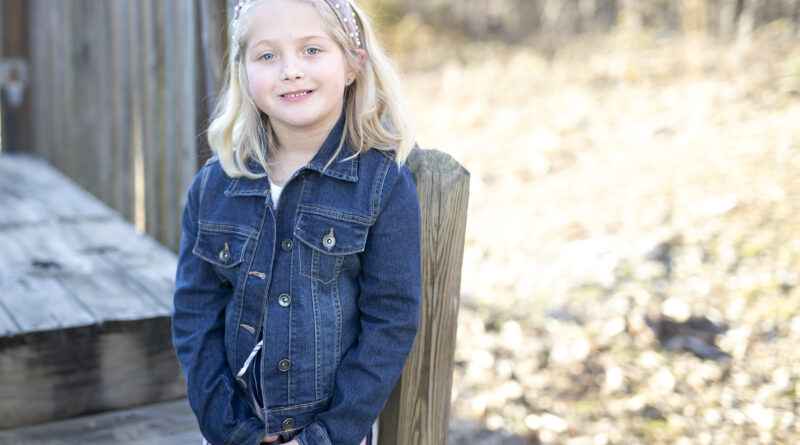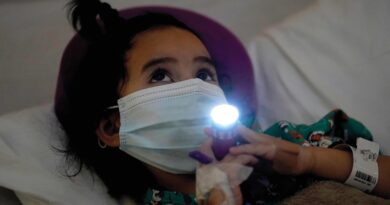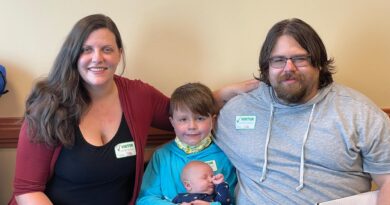On the move
Published on August 30th, 2021 by Nancy Humphrey.
Seven-year-old Tinsley Bellar loves to dance — her mother describes it as TikTok dancing with cheerleader moves. She also loves to run, completing her school’s fun run last year.
But only three years ago, a walk across her living room using her walker warranted a celebration.
Tinsley, who has cerebral palsy (CP), had a three-hour surgical procedure called selective dorsal rhizotomy in 2018 at Monroe Carell Jr. Children’s Hospital at Vanderbilt to treat muscle spasticity. Two months after the procedure and daily physical therapy, she ditched her walker. “It completely changed everything,” said her mother, Melissa Grove.
CP is the most common motor disability in childhood, according to the Centers for Disease Control and Prevention. Caused by abnormal brain development or damage to the developing brain, it impacts a person’s ability to move, maintain balance and posture and control muscles.
Children’s Hospital is home to the state’s only multidisciplinary clinic for children with CP. It’s also the only place in the state to offer selective dorsal rhizotomy for children with spastic CP, the most common type (about 80%) of the disability.
People with spastic CP have increased muscle tone — stiff muscles — and as a result, their movements can be more difficult. Symptoms vary from person to person, ranging from mild (walking with some difficulty) to more severe (requiring special equipment to walk or not being able to walk at all).
Tinsley fell into the moderately severe category. Her surgery was performed by Robert Naftel, MD, associate professor of Neurological Surgery. During the procedure, performed under general anesthesia, a 1½ – 2-inch incision is made over the lower spinal cord, and nerves are separated and identified by electrical stimulation. Certain sensory nerve fibers in the spine — the ones that lead to too much muscle tone (spasticity) — are cut.
Following the surgery, patients experience some tingling and weakness in their legs and aren’t able to walk right away. It takes months of intensive daily physical therapy to obtain the desired result.
But Naftel said the biggest predictor of success with the surgery is picking the right patient. “We can’t make every child walk perfectly normally, but we can make them walk more efficiently, with better endurance and with a less assistive device.”




